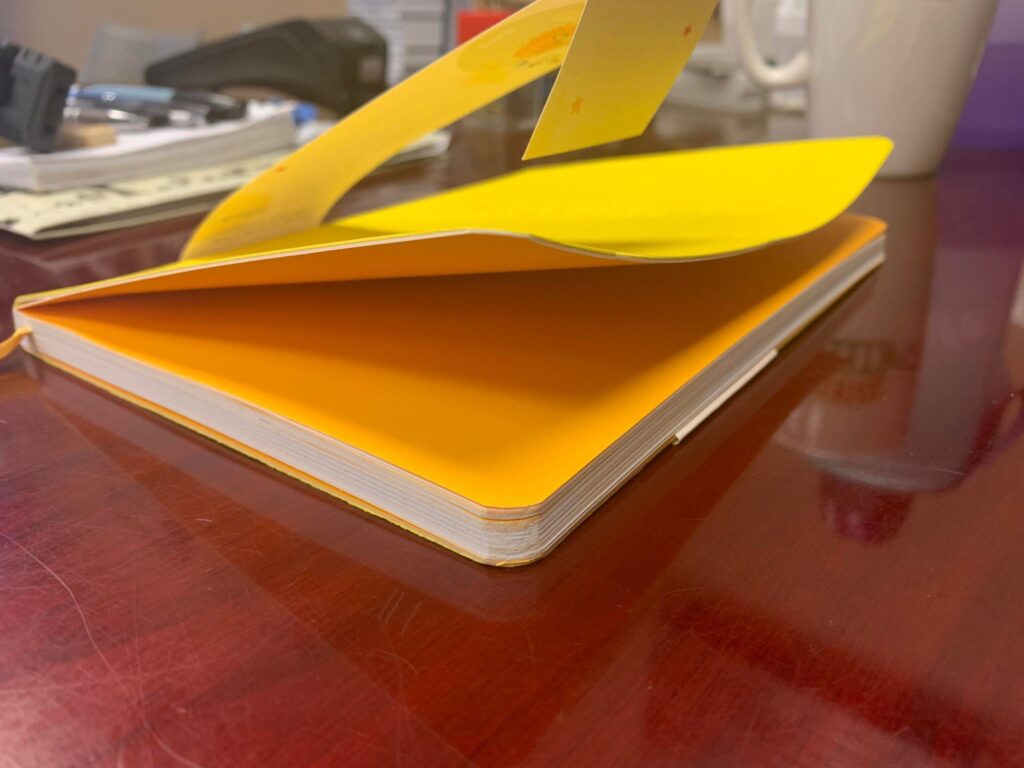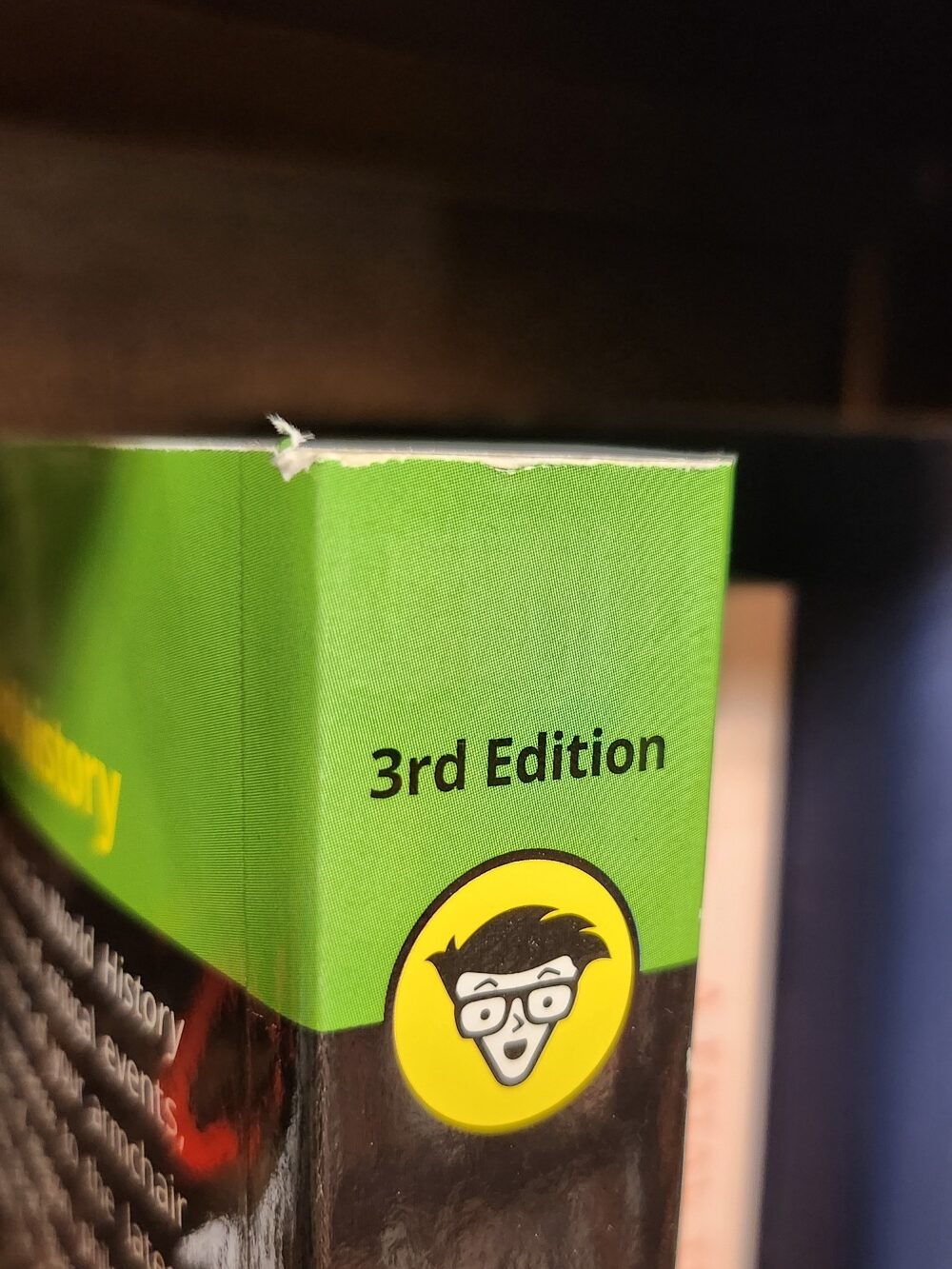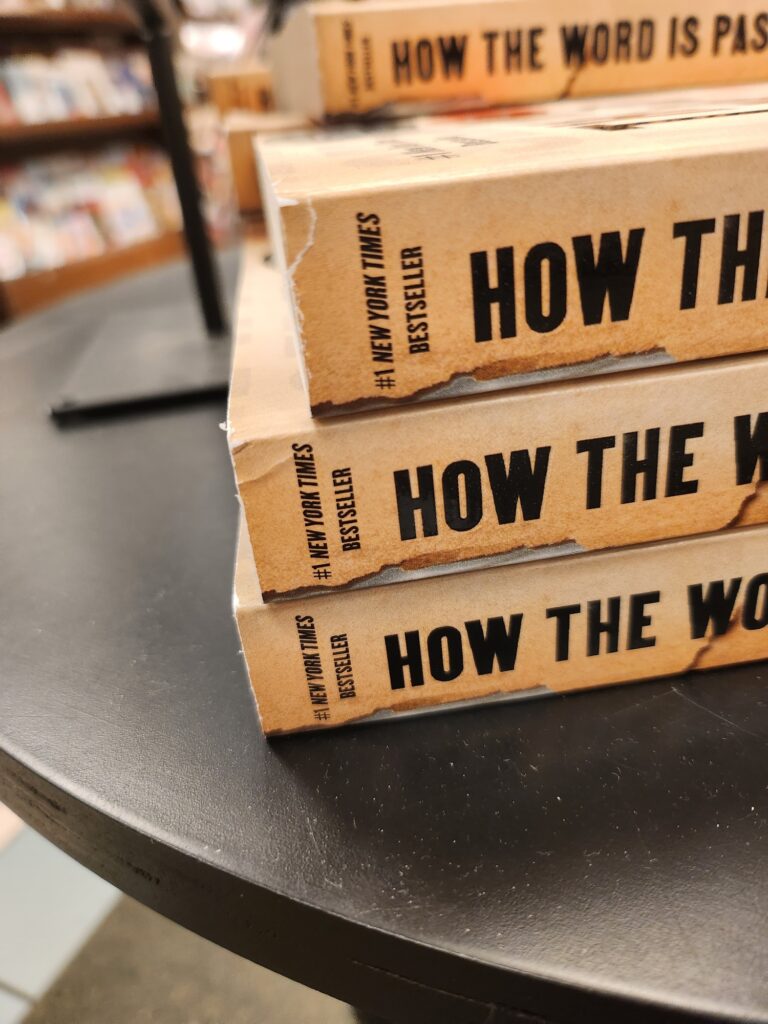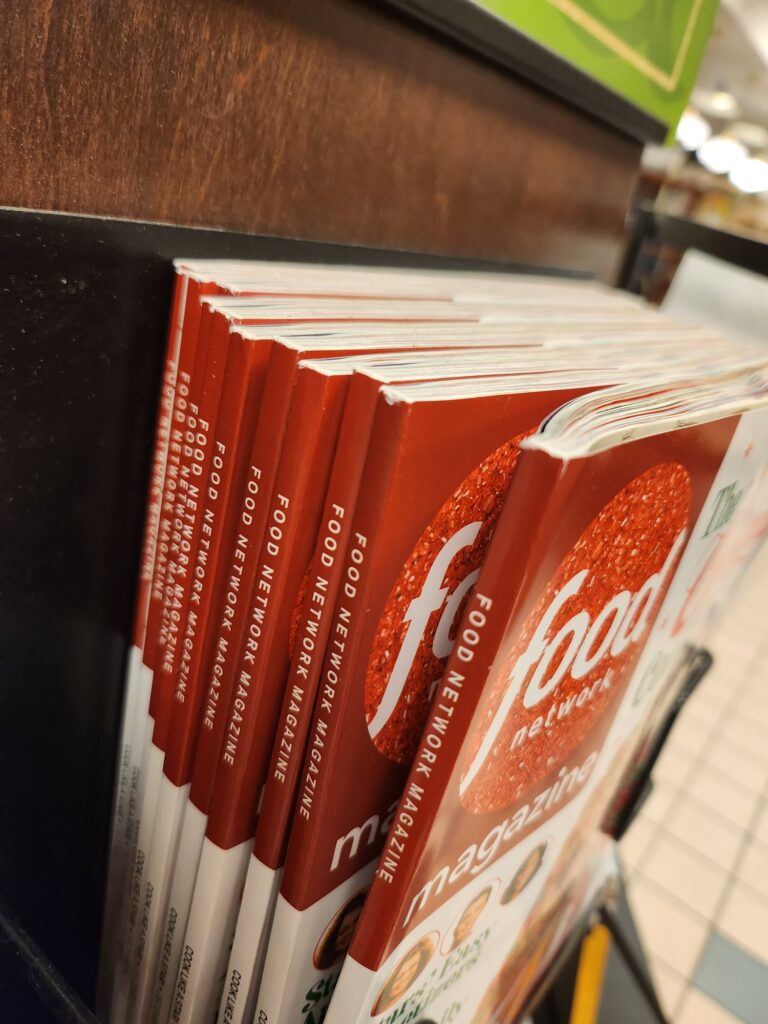When it comes to printing books, there is often a perception that the finished product should be perfect, but damaged books are not uncommon. After all, books are meant to be read and enjoyed for years to come, and a book that has its shortcomings in some way can be frustrating for readers. However, the reality is that books are not always perfect after being printed, and there are a number of reasons why this can be the case.
One reason for imperfections in books is the printing process, which can lead to damaged books. Printing books is a complex and intricate process, and there are many opportunities for mistakes or errors to occur. For example, the ink used in the printing process can sometimes bleed or smudge, resulting in a blurry or smeared appearance on the page. Similarly, the blade used to cut the books can be damaged or worn, leading to imperfections in the final product. This is why there is a 3% tolerance with all final book productions.
Transportation and Handling
Handling and transportation can result in damaged books, making them imperfect. Books are often shipped long distances and handled by a variety of people during the distribution process, and this can result in dings, scratches, and other types of damage. In addition, books are often stored in warehouses or on store shelves, and these environments can be harsh and unforgiving.
Humidity And The Air
Books may be exposed to heat, humidity, and other elements that can cause them to become damaged over time. High humidity can cause the pages of books to absorb moisture, resulting in the pages becoming wavy or curled. This can lead to difficulties in reading and potential damage to the book’s structure over time.

Young Children
After purchase, books can become damaged or flawed, detracting from their perfection. Books are often handled roughly, especially by children or people who are not careful with their belongings. This can result in bends, creases, and other types of damage to the book.
Despite potential imperfections, damaged books continue to be popular and enduring. They are portable, durable, and easy to access, and they offer a level of depth and detail that cannot be found in other formats. While it is true that books are not always perfect after being printed, most readers are willing to overlook small flaws in favor of the overall enjoyment and value that books provide.
If you come across a damaged book with dings, scratches, bends, or cracks, don’t be too concerned. These imperfections are simply a part of the book printing process, and they do not diminish the value or enjoyment of the book. Instead, embrace the unique character and history of your book, and enjoy it for all that it is worth.
Our Experience at Barnes and Noble
Recently, my friends and I visited a Barnes & Noble store and noticed something interesting on the bookshelves. There were a number of books that were visibly damaged in some way. At first, we were a little surprised by this, as we had always assumed that the books on store shelves would be in pristine condition.
However, upon closer inspection, we realized that these damaged books were actually quite common. In fact, it seemed that almost every shelf had at least one or two books that were not in perfect condition. This led us to wonder: why were there so many damaged books on the shelves?
One possibility is that these books were damaged during the printing or during transportation and handling. As mentioned in the previous section, there are many opportunities for books to become damaged during these stages, and it is likely that at least some of the damaged books on the shelves were the result of these issues.
It’s possible that the damaged books on the shelves were returned by customers who were dissatisfied or had caused damage. Retail stores often have policies in place for accepting returned books, and it is possible that these damaged books were returned and then placed back on the shelves for resale.
It is also possible that these damaged books were simply the result of normal wear and tear. Books are handled and read by many people over the course of their lifetimes, and it is inevitable that some of them will become damaged as a result. This is especially true for popular or well-loved books that may have been passed down through multiple generations or read by many people over the years.
Overall, the presence of damaged books on the shelves is a reminder that books are not always perfect after being printed. While it would be nice if every book were in perfect condition, the reality is that books are subject to a variety of factors that can lead to imperfections. However, this should not discourage readers from enjoying and valuing books. In fact, the imperfections of a well-loved book can often add to its character and charm.











